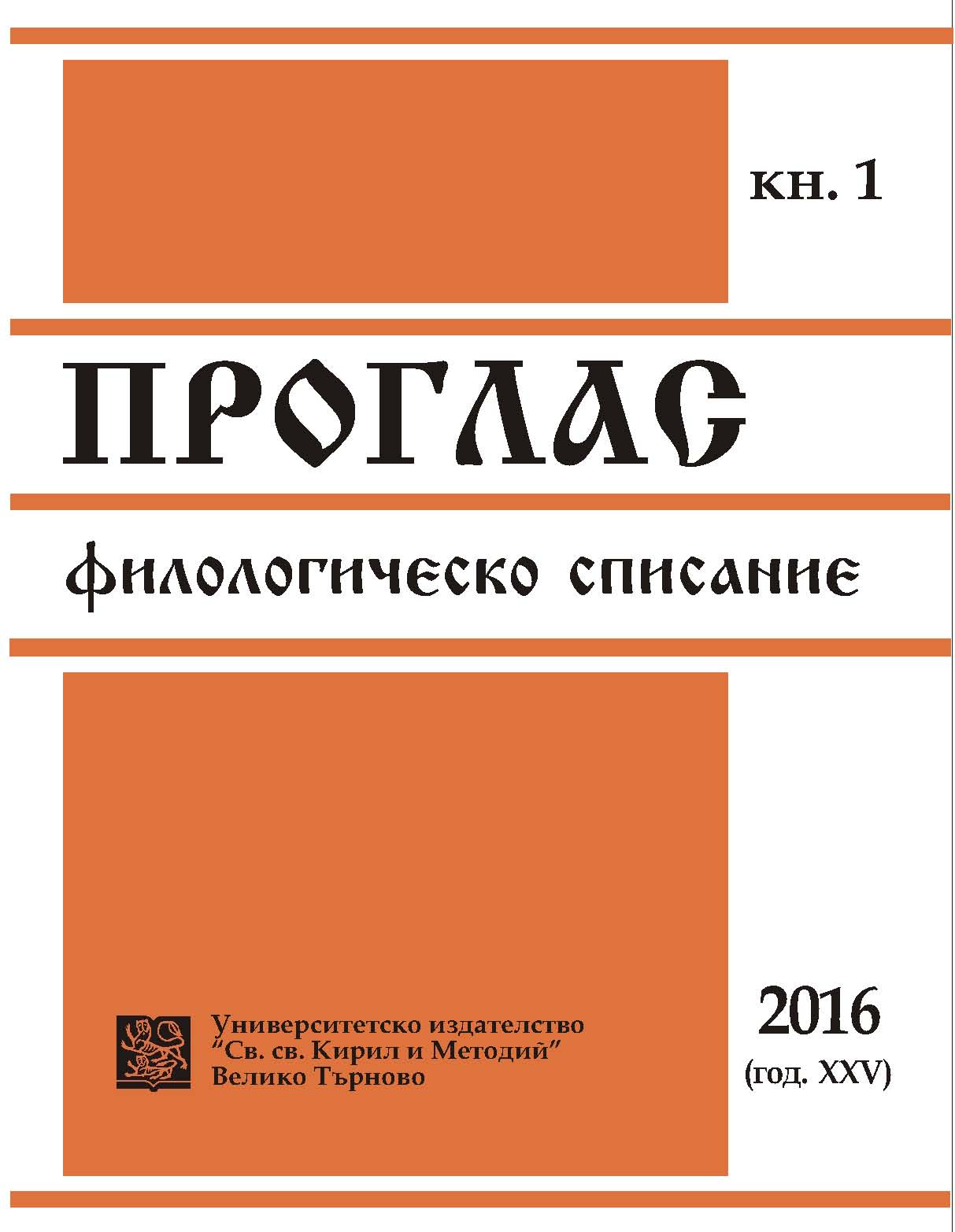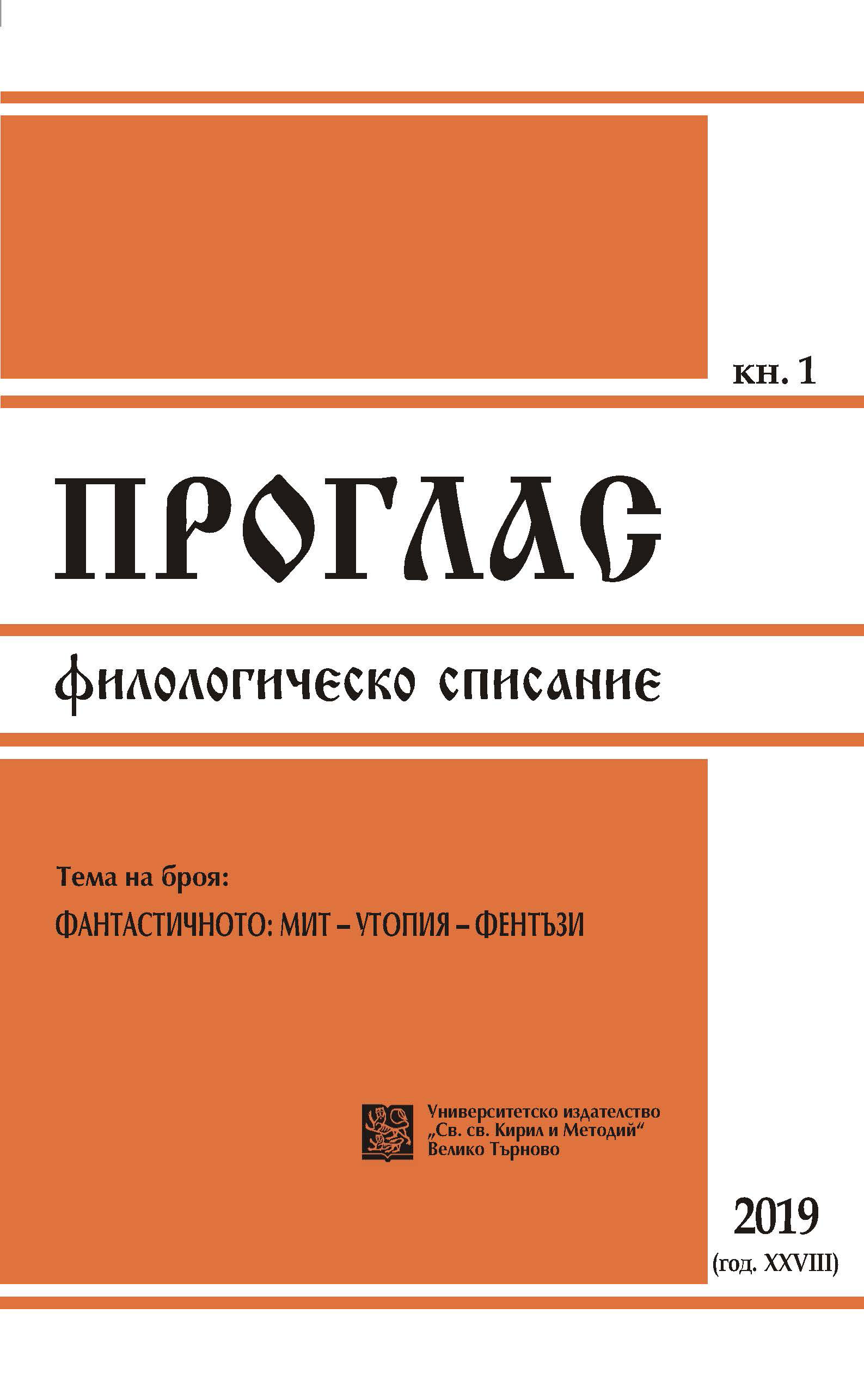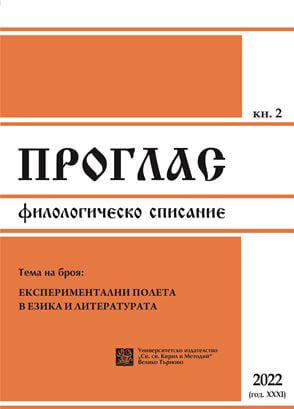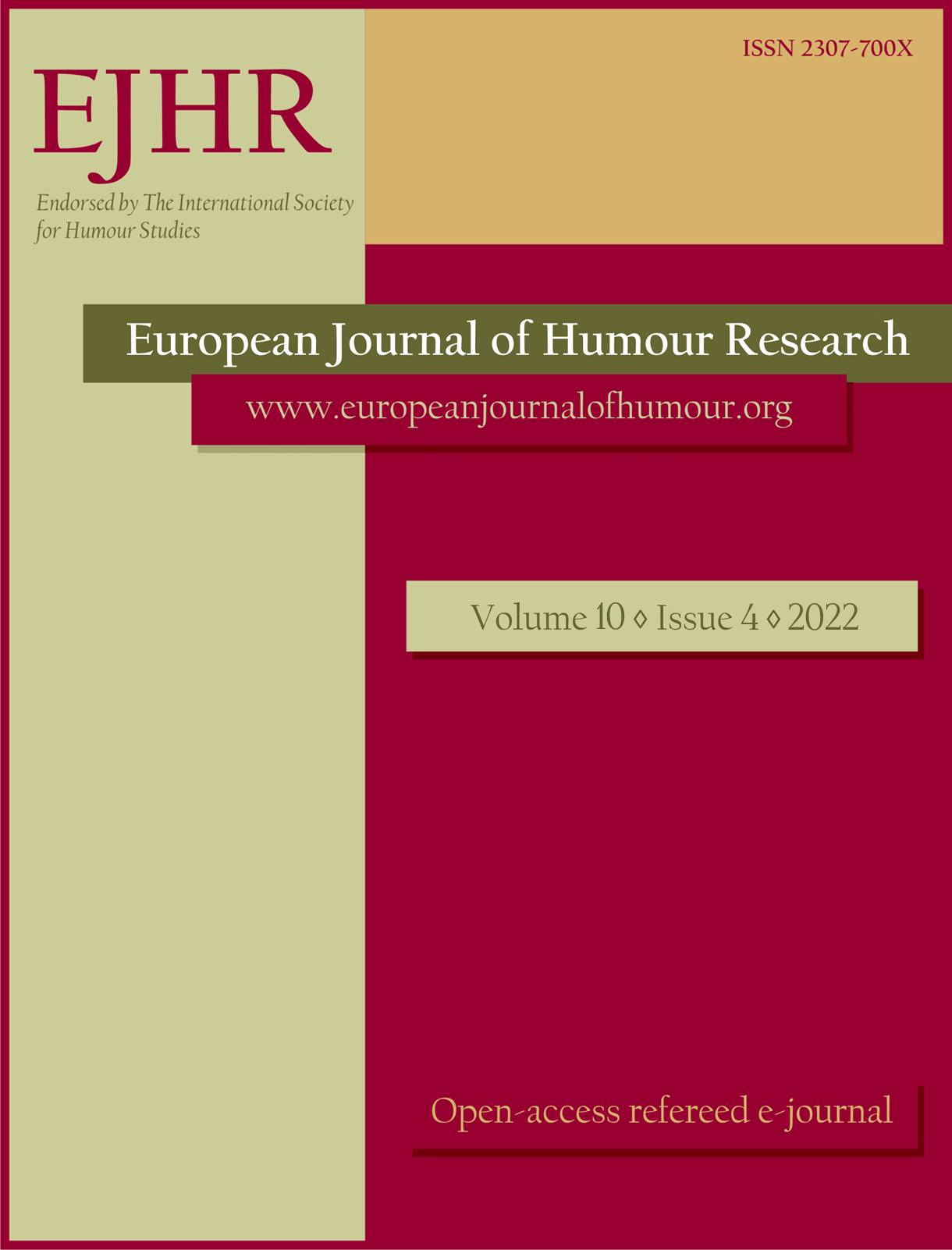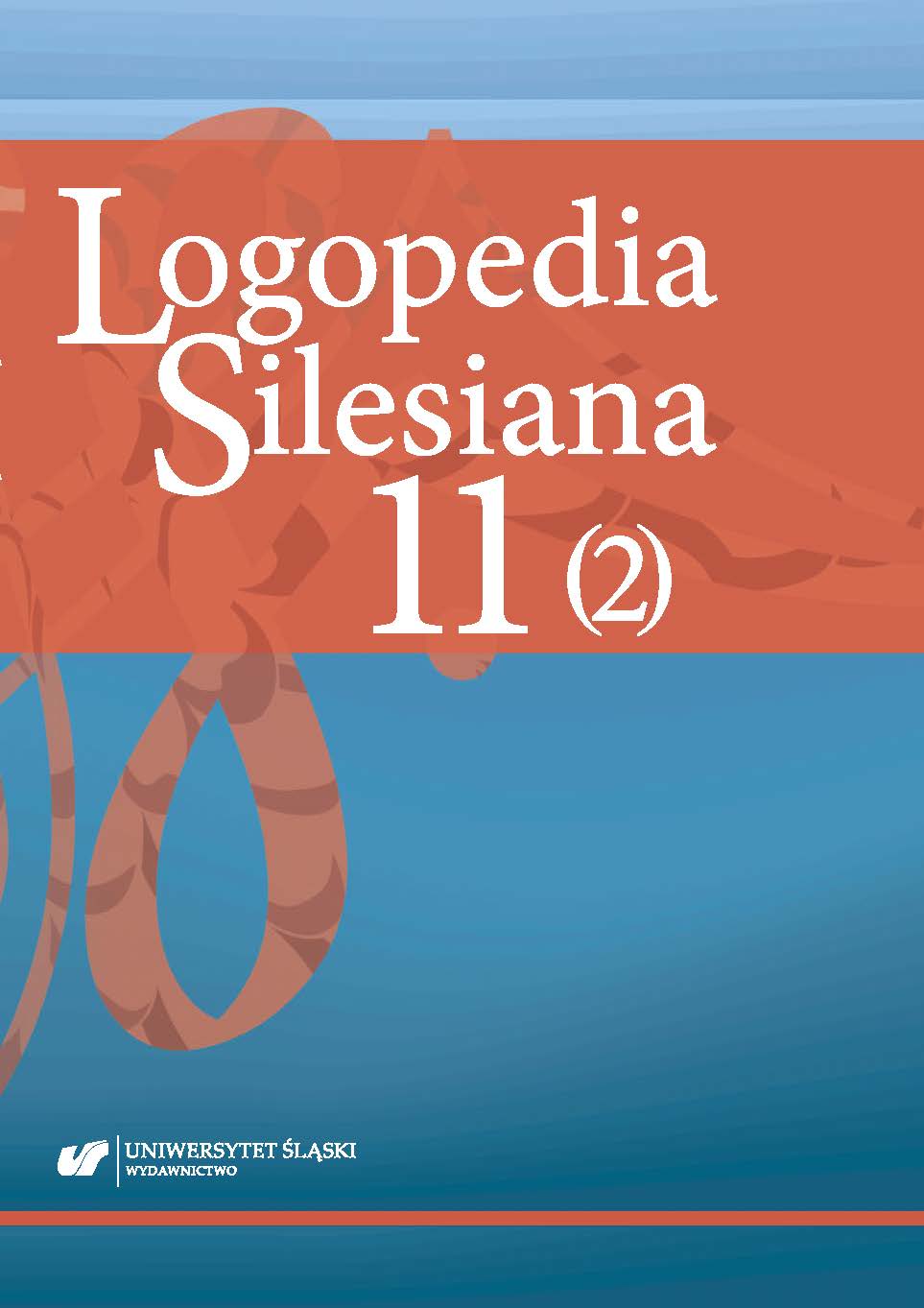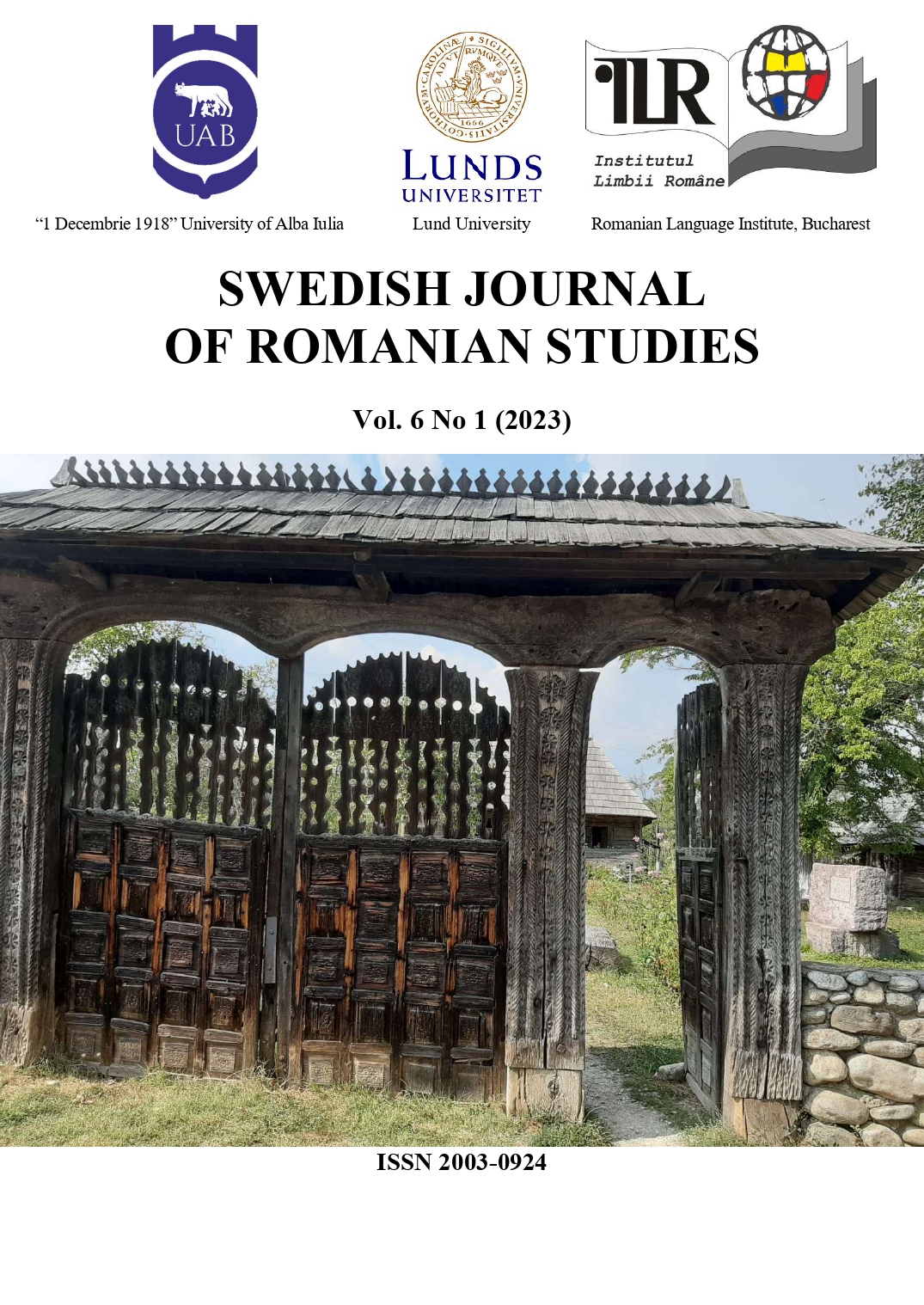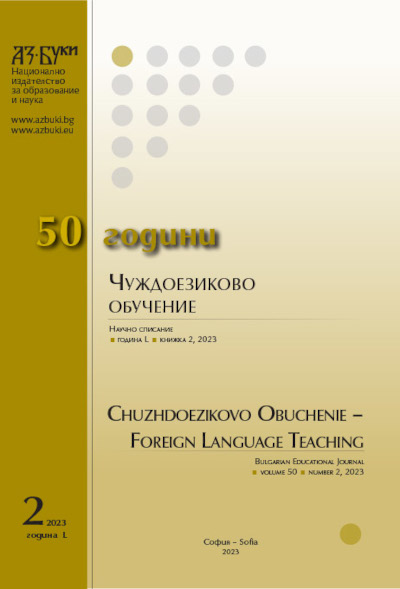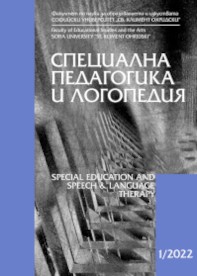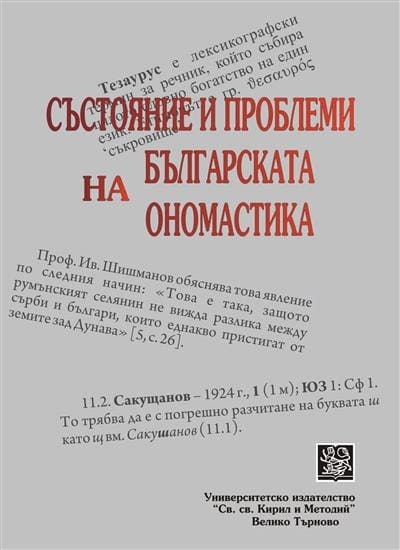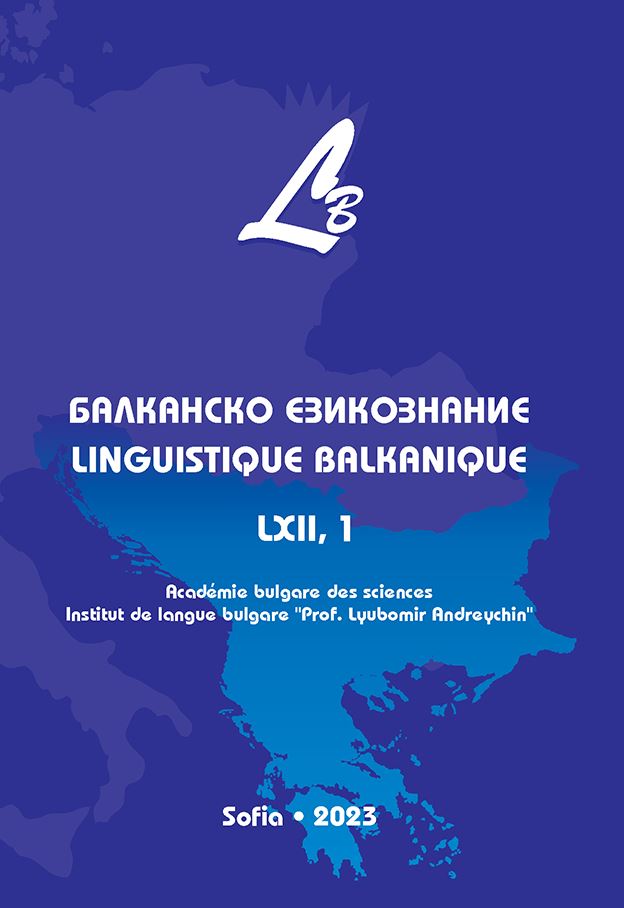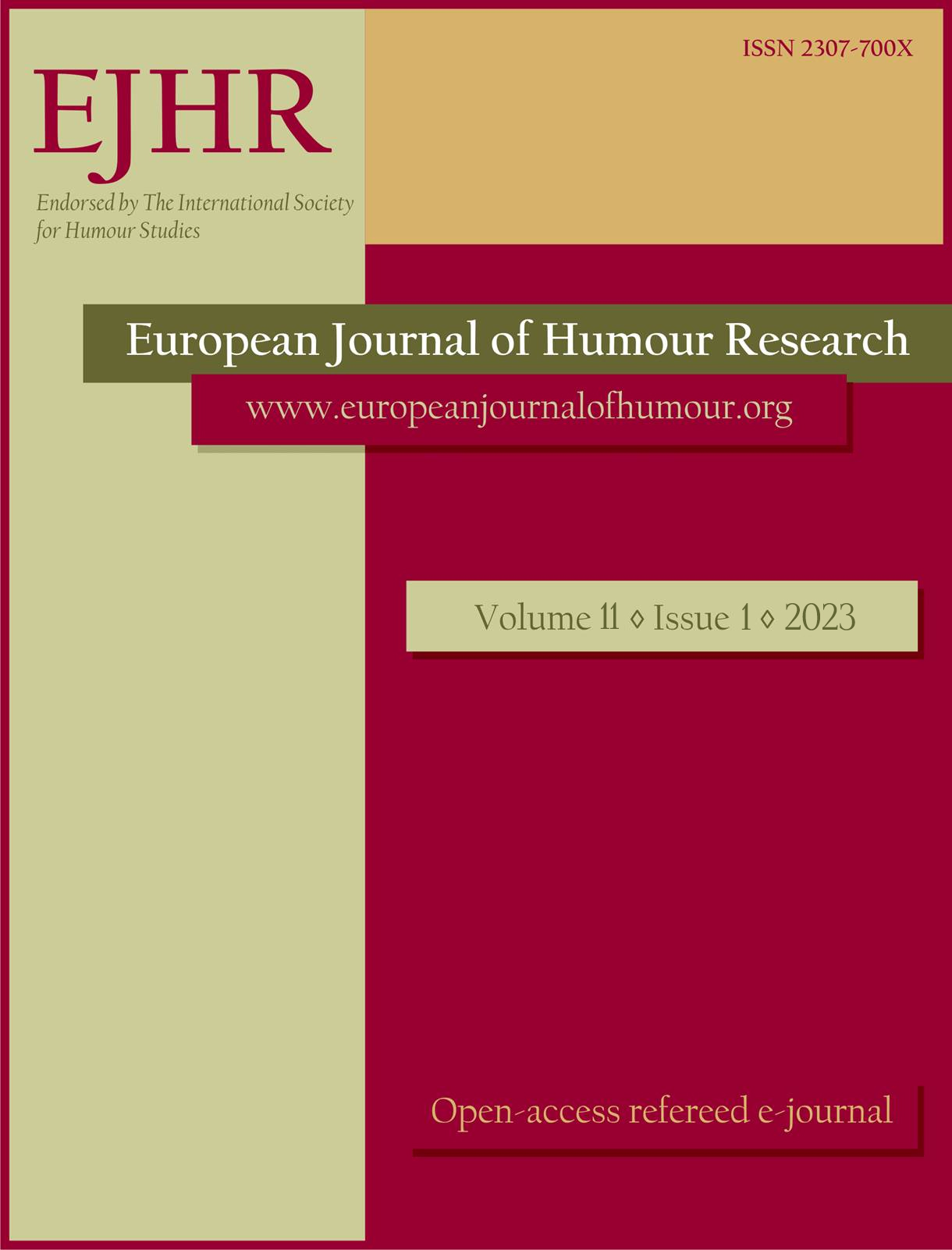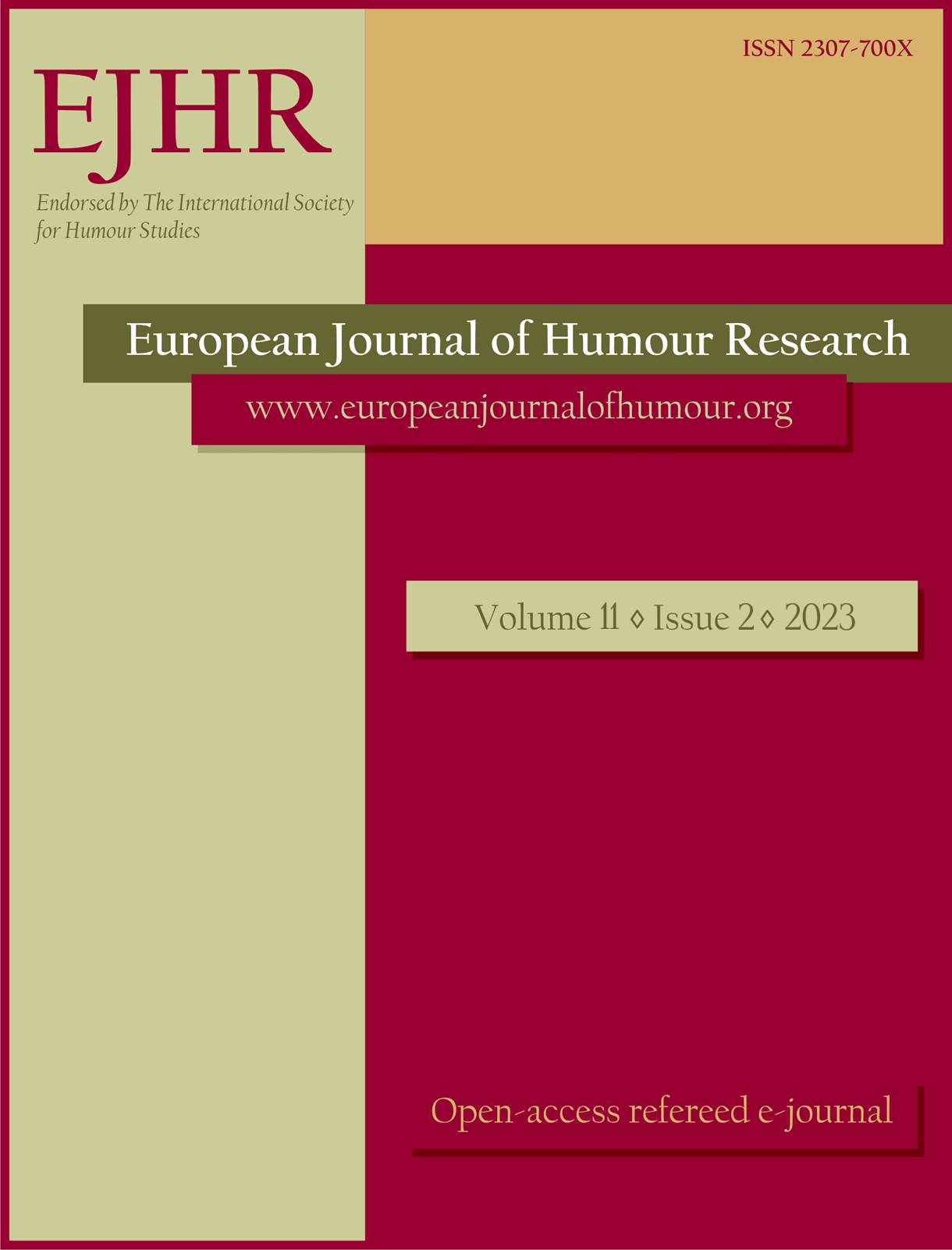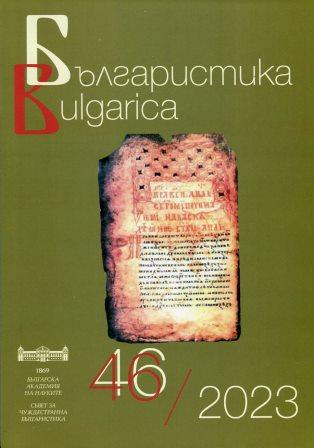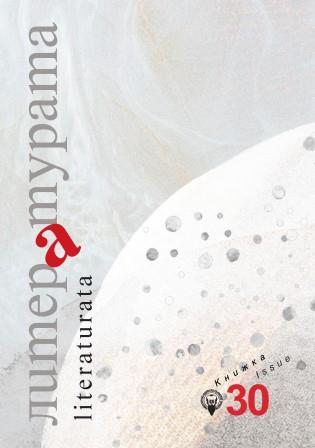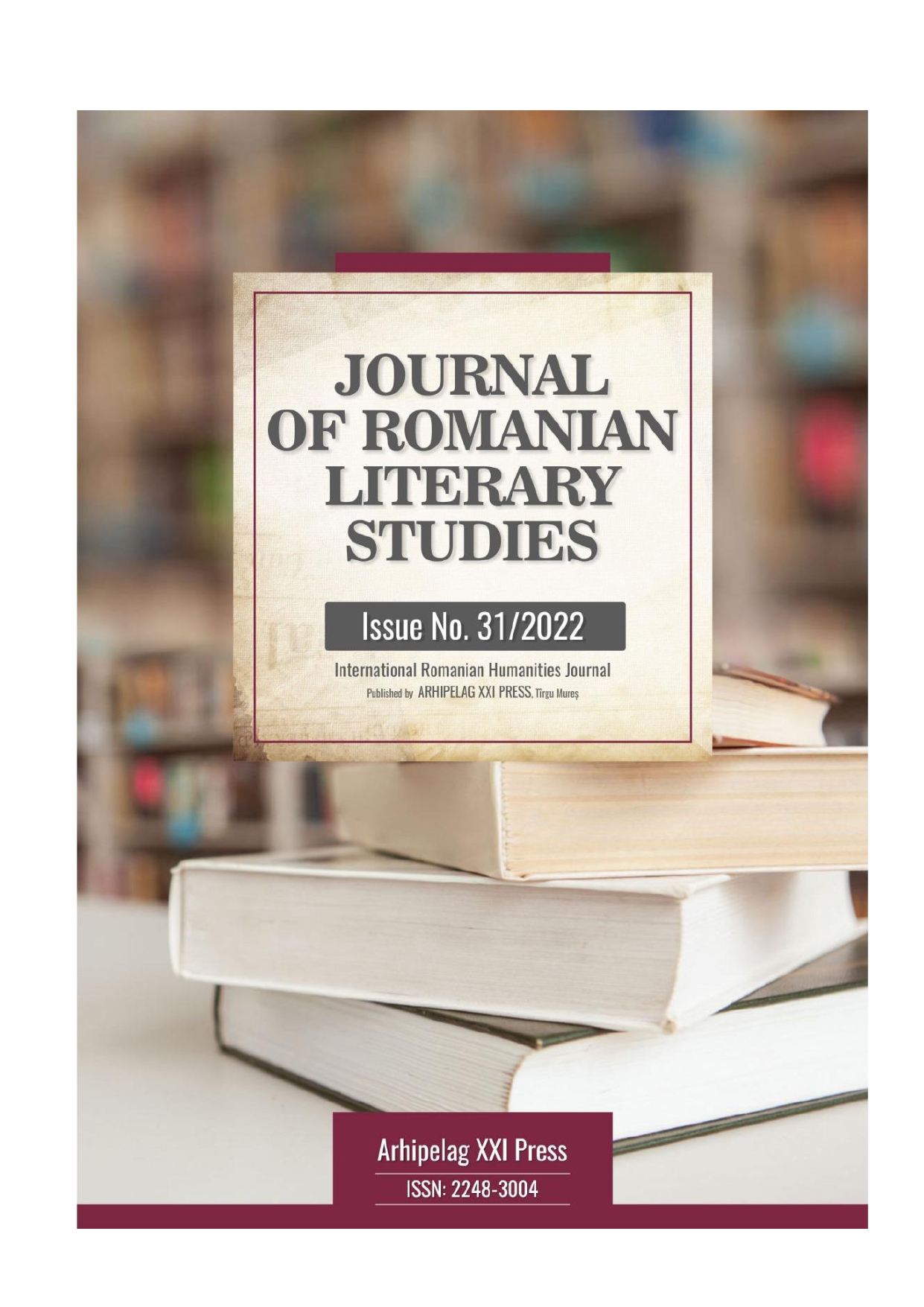Author(s): Gabriel-Dan Bărbuleţ / Language(s): English
Issue: 1/2023
The most common method to teach foreign languages is the use of course books. However, the 21st century serves other possibilities to use during learning, such as multimedia tools. The use of Internet, newspapers, the radio, or TV might be an alternative to typical language teaching methods.Multimedia can be defined as the exciting combination of computer hardware and software that allows you to integrate video, animation, audio, graphics, and test resources to develop effective presentations on an affordable desktop computer. The method of teaching a foreign language through Multimedia has been used wider and wider and it has contributed a lot to higher teaching quality. Chalk-and-Talk teaching method is not enough to teach a foreign language effectively. We should change our teaching ideas and recognize their impersonal attribute as one kind of teaching method. Thus we can utilize modern education technology reasonably to fulfill the target of language teaching. We live in times where multimedia tools accompany almost everyone in their daily activities, e.g. one can get ready to leave home with the rhythm of the music on the radio, while another person cannot imagine breakfast without reading a newspaper. This illustrates the media’s enormous impact on people. It seems to be more enjoyable when knowledge is gained through multimedia tools: entertainment, language authenticity, and encouragement to learn more are provided. Consequently, boredom, which sometimes accompanies working with a course book during lessons, might be avoided. Of course, everything depends on the teacher’s attitude and preparation. What is more convincing, is the fact that all the skills may be taught with the use of multimedia tools. Moreover, they may satisfy all types of learners, which is not always possible during teaching with a course book.
More...
